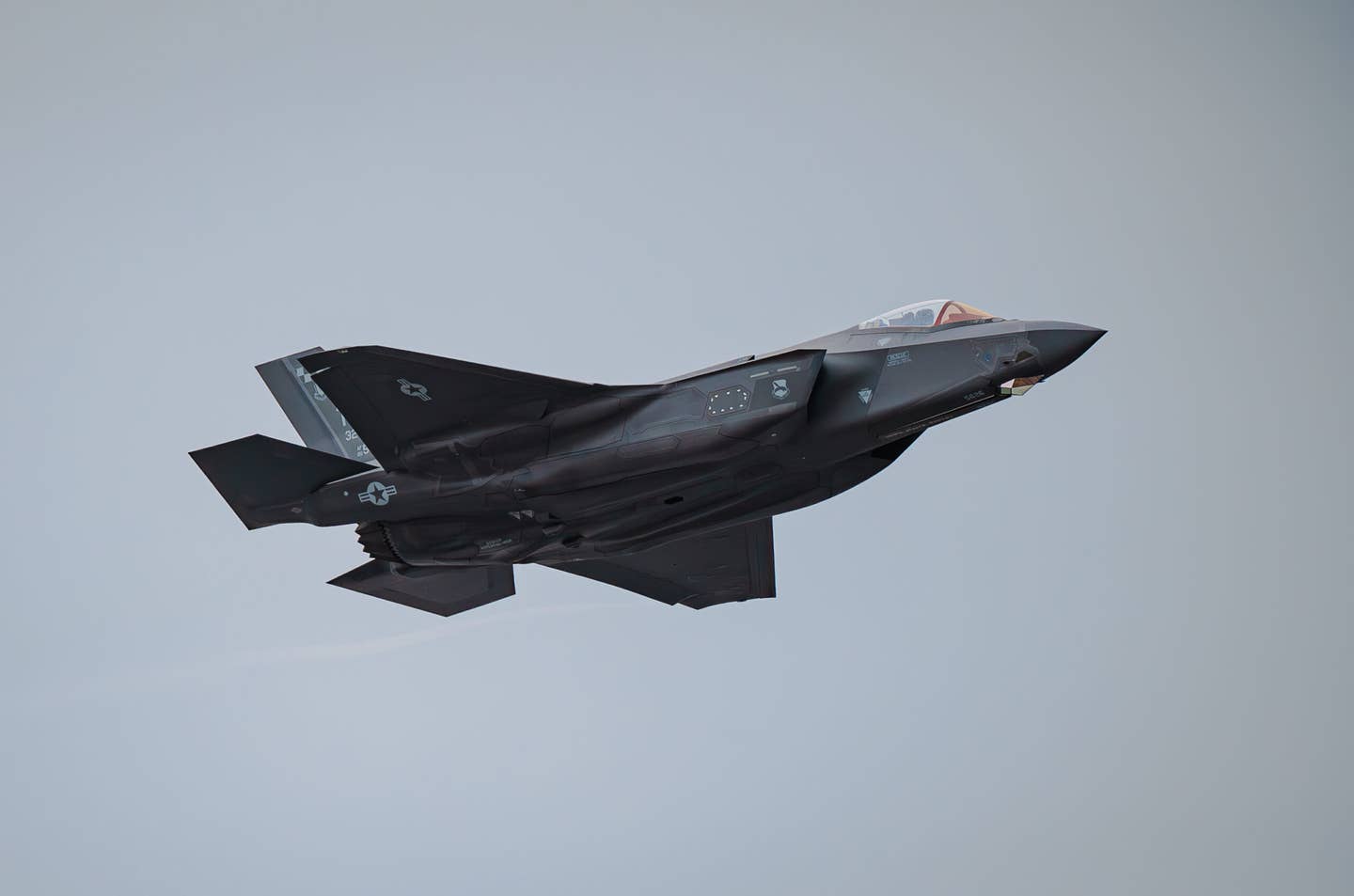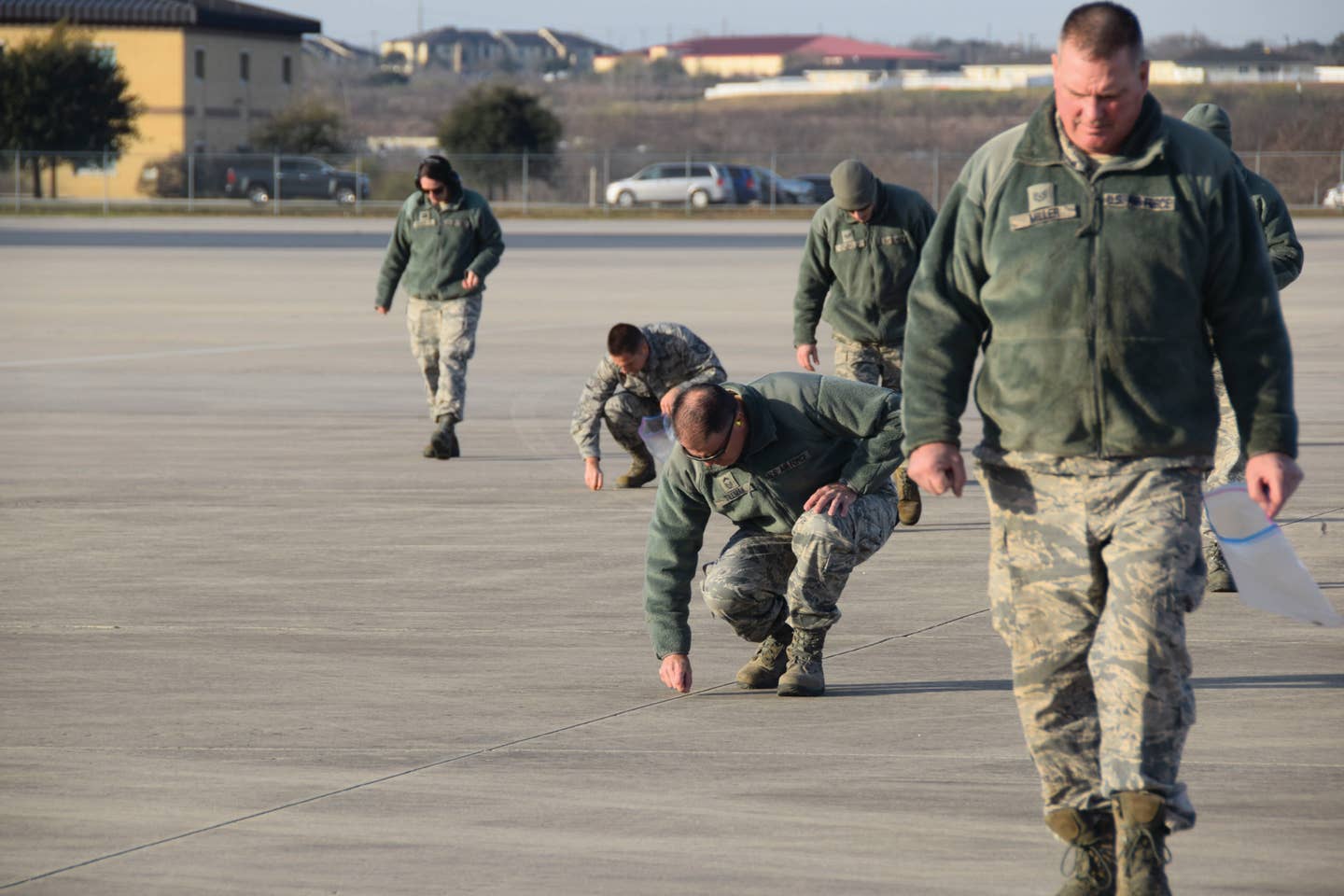
||| |---|---| | | | I'm not in my airplane. I'm sitting in my office. The sun is shining and there's a gentle breeze caressing the leaves outside my window. Now.
It didn't start out to be a good day. The plan was to fly Judith to Ithaca, New York, to spend a weekend with a group of women who call themselves "Squat and Gobble" and then continue on to Geneseo for the "History of Flight" airshow. I would spend the day basking in the ambiance of an English countryside aerodrome, admiring the gathering of World War II fighters, bombers and trainers as they cavorted above the grass runway. As a special highlight, the sponsor of the airshow, the 1941 Historical Aircraft Group, had invited biplanes from every decade of the last century. I was looking forward to seeing those beauties representing 100 years of biplane aviation. That was the plan.
The forecast had been for really good VFR weather for the weekend, and the television weather maps confirmed it would be a fine day for a short jaunt in the airplane and a nearly perfect day for the airshow. My first hint that the day was not to turn out the way I planned was on the way to the airport when I noticed there were some clouds pushing down on the tops of the Catskill Mountains across the Hudson River. It was still pretty good VFR as I unloaded Judith's weekend provisions from the car on the ramp in front of the hangar. The scattered clouds had coalesced into a broken layer, but the ceiling appeared high enough that we could comfortably skirt the mountains to the north and fly down the wide flat valley that separates the Catskills from the Adirondacks.
As I opened the hangar door and began to tow the airplane out, I realized that Judith was busy consolidating her beer, wine and homemade hummus into one canvas bag. "Watch the wing," I called to her as I pulled the airplane around toward where she was bending over. She did. She bent even further forward so the wing would pass comfortably above her.
The wing passed over her and Judith stayed bent way over, shuffling her supplies. I felt a slight bump and thought I'd rolled over a stone on the ramp, but then there was a muffled cry from somewhere on the far side of the airplane. The stabilator had caught Judith's hip, and when I got to her she was sitting on the ground. Not happy. And I don't think my yelling at her for not watching for the tail earned me any points. "You told me to watch out for the wing. I watched out for the wing!"
After that the flight went fine. For about 15 minutes. As we swung north to slip around the edge of the mountains, it appeared that the clouds above them were being supported by the shoulders of the mountains. Over the foothills to the north the clouds were lower. At 2,500 feet there were towers on the moving map of the UPS-AT MX20 that were displayed in red, meaning they were at or above our altitude. The visibility was still good and I could see the towers. I knew that just around and west of the mountains the terrain dropped away and we'd probably have reasonable VFR weather. Suddenly, the terrain alert on the MX20 flashed. I keyed the button to bring up the terrain map and for a foolish moment could see a way to avoid the red and yellow contours and stay over the green as we worked our way west.
I would have made use of my cockpit resources, but Judith had gone to sleep within minutes after we lifted off, so I was without her prudent counsel. I really didn't need it-the conservative course of action was obvious.
I called Albany Approach, told them where I was and that I needed to air file an IFR flight plan. They told me to call Burlington Radio and gave me the frequency. As I flew in eccentric circles, the flight service specialist took the information to fill in the blanks for the flight plan and told me to call Albany back, that they'd have my clearance. I did and they did. They gave me a squawk code and cleared me to climb to 6,000 feet and go direct to Ithaca. I glanced over at Judith for a nod of support for my prudent decision to air file. She didn't say anything; she just slept.
Ithaca's ATIS was reporting 800 scattered, 1,200 overcast, a light wind from 310 and was advising pilots to expect the ILS to Runway 32. When I was turned over to the approach controller I let him know I had the current information and willingly accepted his vectors to intercept the localizer.
I had the needles pretty well centered-the S-Tec 30 autopilot gets most of the credit for holding the localizer needle-as we slid down the glideslope. Judith is usually pretty supportive, so I nudged her so she could watch as we broke out of the clouds with the runway front and center. She looked up. I pointed forward as the clouds parted. She looked at me quizzically and went back to sleep. Apparently she hadn't forgiven me for knocking her over.
I was sure of it after I made one of my better landings and she didn't comment. Usually, no matter how badly we bounce she compliments me, "That was one of your better ones," she says. And I always choose to believe her.
When we went into the FBO there was a couple waiting at the counter, their bags stacked next to it. "What are you flying?" the man asked. "A Cardinal," I answered, pointing to it on the ramp. I like looking at it and turned back to him with a smile. "Where did you come in from?" he asked. When I told him, he wanted to know what the weather had been like. He was trying to get somewhere VFR, and, sounding like a weather briefer, I told him I couldn't recommend it. "You're better off being on the ground wishing you were in the air than in the air wishing you were on the ground," I said.
"You got that right," he said. "I've been both, and being on the ground is better. It's just that I feel so foolish when it turns out to be a nice day and I could have flown."
The Enterprise Rental delivery man arrived and the couple loaded their bags and waved goodbye. About then Judith's ride arrived and she was off. I checked the weather one more time to see if there was any chance of getting to the airshow. There are no instrument approaches to Geneseo's D52, so getting there would involve some serious scud-running. I've read too many accident reports where a hill or tower rose up to smite an airplane trying to sneak between sinking clouds and rising terrain. The decision not to go was pretty easy to make. I filed for home and had a low-tension trip. My course home passed through the "breadcrumb" tracks on the Garmin Pilot III GPS I had made while circling as I picked up the IFR clearance earlier in the day. The weather had improved by then, but I still complimented myself on having made the right decision.
Now it's later in the afternoon and here I am, sitting in my office. The sun is shining and there's a gentle breeze caressing the leaves outside my window. About 150 miles west of here they're probably sitting on the grass in the sun, drinking sodas and listening to the rumble of radial engines, watching the ballet of the biplanes and having a grand ol' time. Good for them. Or maybe the cloudy skies threw a shadow or even a shower over the "Olde Aerodrome Days" and I'm the lucky one.
Whichever, I'll have to wait until next year to enjoy the History of Flight airshow at Geneseo. In the meantime, it turned out not to be so bad a day after all. Judith called to tell me she'd forgiven me for knocking her ove-even for yelling at her-and she told me she thought my landing at Ithaca was one of my best.

Sign-up for newsletters & special offers!
Get the latest FLYING stories & special offers delivered directly to your inbox






